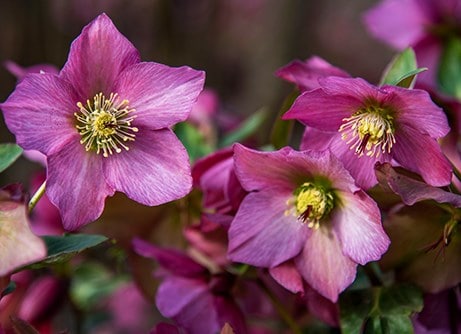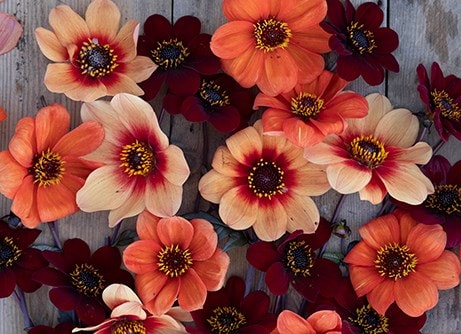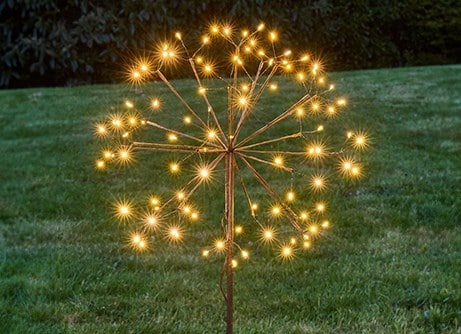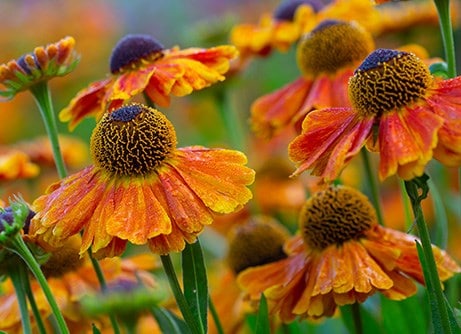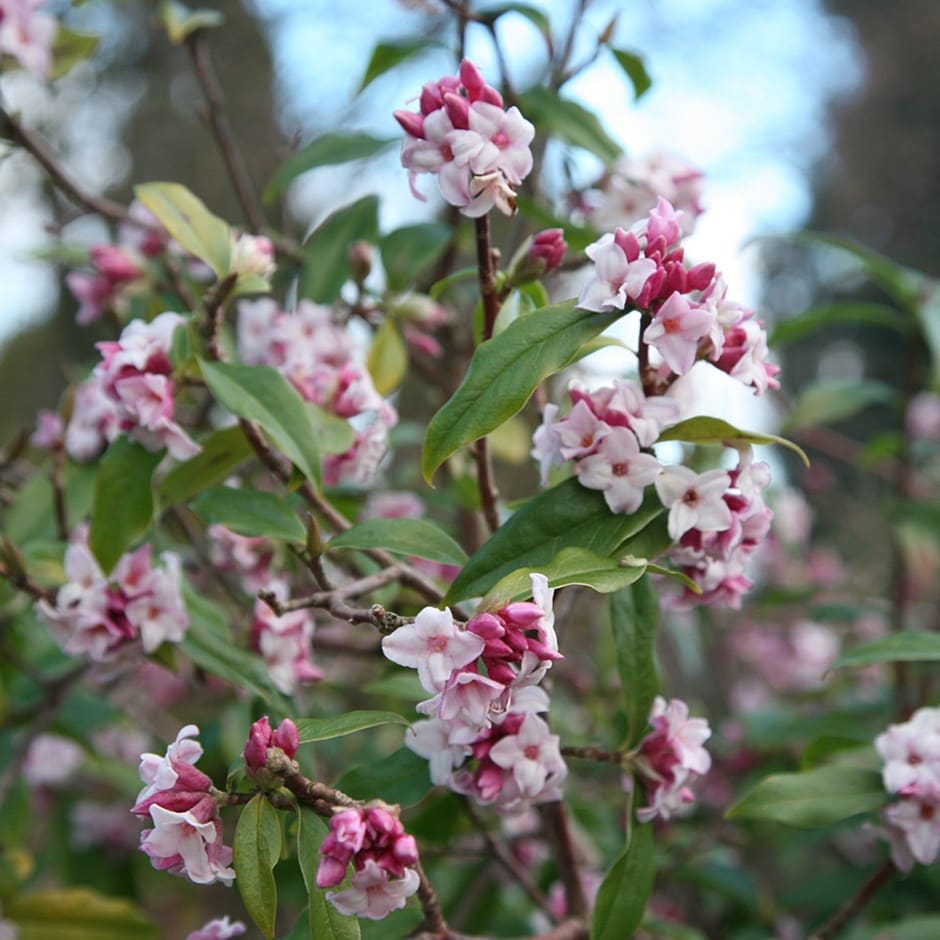Clusters of small, sweetly scented, deep pink buds open in January and February and are followed by rounded, purple-black berries.
This choice semi-evergreen shrub thrives in a sunny, sheltered position. Both slow-growing and hard to propagate, Daphne bholua 'Jacqueline Postill' may come with a higher price tag than many other plants of a similar size, but it's well worth the patience and the investment.
Try it in a mixed or winter border or next to a path where its fragrance can be appreciated. Strongly upright in habit, it looks wonderful under-planted with a carpet of magenta or white Cyclamen coum.
How to care for Daphne bholua Jacqueline Postill:
Daphnes do best, and prefer to be in the ground (rather than in containers), where they enjoy a deeper, cooler root run. Best in well-drained but moisture-retentive soil that contains plenty of organic matter, they won’t tolerate drought or waterlogging.
Avoid excessive root disturbance during planting and keep pruning to a minimum since the plant is susceptible to die-back. Where necessary after flowering, lightly trim to remove misplaced branches in order to maintain a compact habit. Shelter from cold, drying winds.
Cold hardiness can be improved by insulating the roots and soil surface with a thick 5cm (2in) layer of mulch and protecting foliage from severe or prolonged frost with a covering of horticultural fleece.



